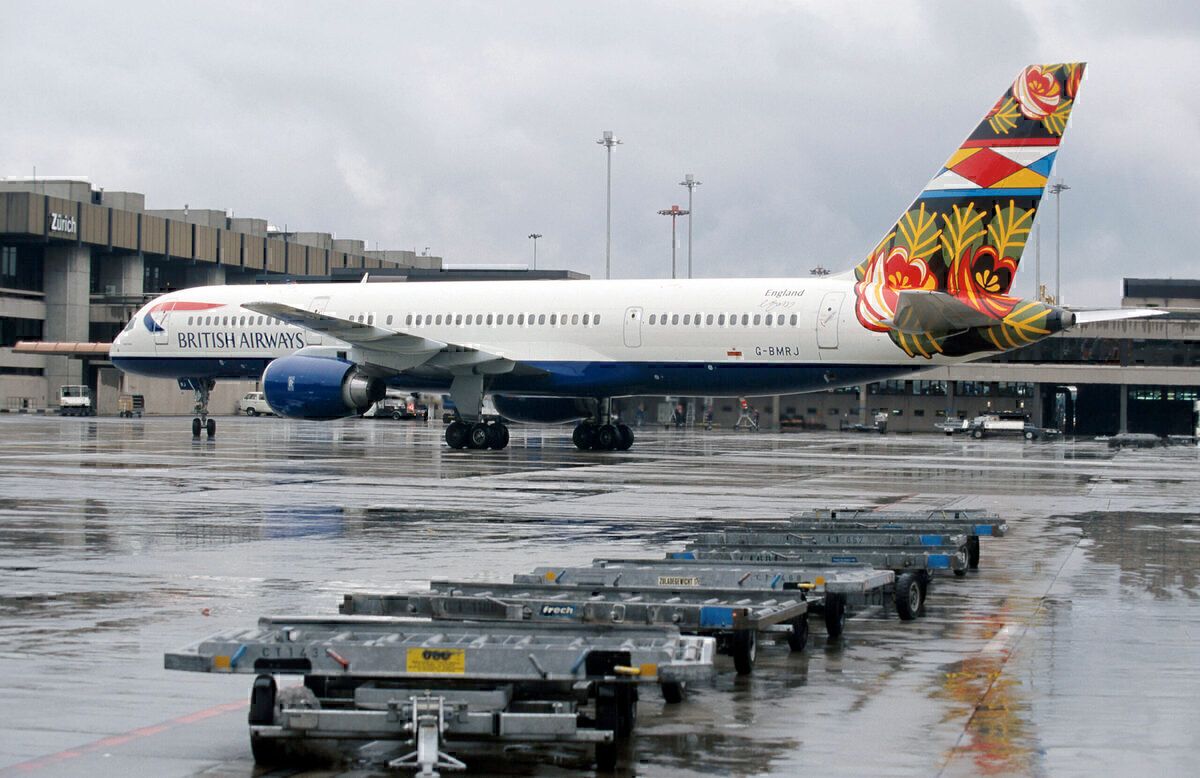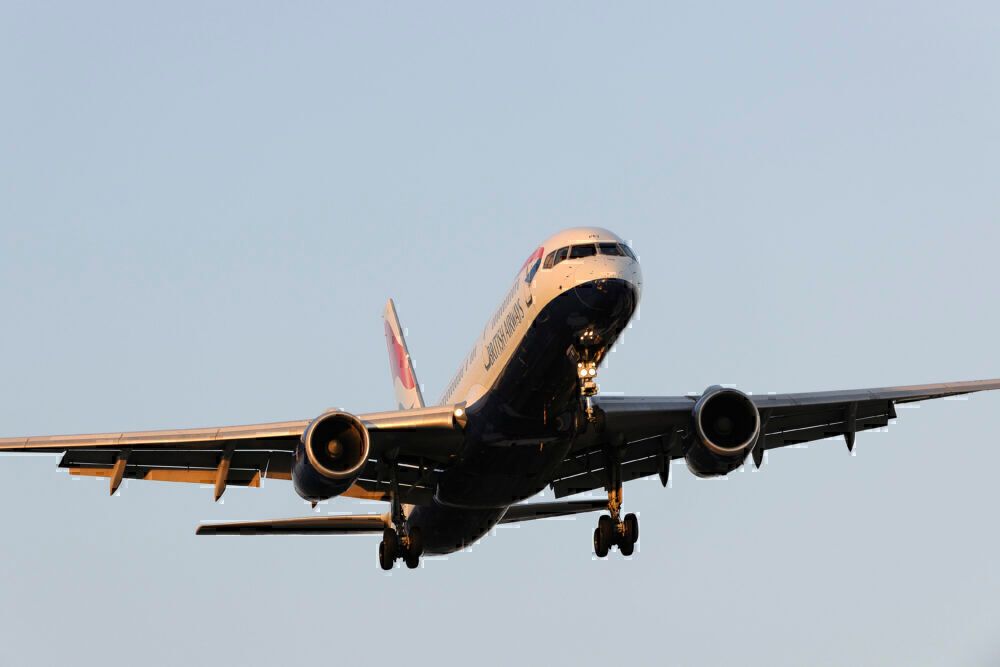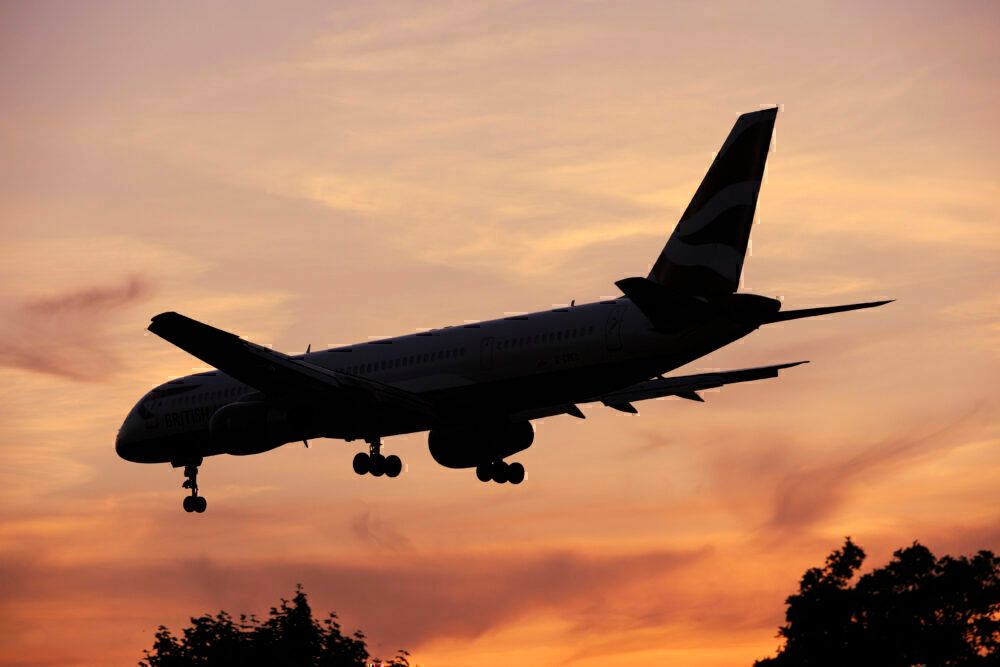Today, British Airways operates a very uniform European short-haul fleet, consisting entirely of members of the Airbus A320 family. A decade ago, however, the picture was more diverse. At this time, the airline was also operating Boeing 737 and 757 aircraft on its short-haul network. 10 years ago yesterday, the latter of these types made its final flight with the carrier.
Filling the middle market
The Boeing 757 was a particularly versatile aircraft. Noticeably longer than its 737 counterpart, it offered airlines extra capacity on short to medium-haul routes. One can use the example of British low-cost carrier Jet2 to compare their respective capacities. According to SeatGuru, the Yorkshire-based airline's 757-200s hold 235 passengers, compared to 189 on its 737-800s, or just 148 on its 737-300s.
Boeing also developed a stretched variant, known as the 757-300. This was the second-longest single-aisle airliner ever built, beaten only by the DC-8. At 54.5m, it was over 8m longer than the -200 variant (47.3m). Condor's examples of the type hold 262 passengers. The aircraft was hugely successful, with Boeing selling a total of 1,049 units. However, only 55 of these were the stretched -300 variant. Production ceased in 2004
The 757 also had an operational range suitable for some long-haul routes. This meant that, in the case of low demand, airlines would not need to operate an uneconomically empty widebody aircraft. As such, the 757 helped save airlines money in the long-haul market. It was also useful for airlines that required higher range and/or capacity but were flying to airports with shorter runways.
27 years of service
According to Planespotters.net, British Airways operated a total of 56 Boeing 757-200 aircraft between 1983 and 2010. The airline received the first of these, registered as G-BIKA, in March 1983. The cabin onboard consisted of a two-class configuration ('Club Europe' and 'Euro Traveller'), seating a total of 190 passengers.
British Airways used the Boeing 757 to celebrate the country's history, naming the following examples after castles in the United Kingdom:
- G-BIKG - Stirling Castle
- G-BIKK -Â Eilean Donan Castle
- G-BIKM - Glamis Castle
- G-BIKP - Corfe Castle
- G-BIKU -Â Inverary Castle
- G-BMRG -Â Caerphilly Castle
- G-CPET -Â Stokesay Castle
- G-DRJC -Â Braemar Castle
G-CPEV was the last 757 received by British Airways, with taking this final delivery in June 1999. Even by then, a handful of BA's older 757s had left the fleet, and, throughout the 2000s, almost all of the remaining examples departed as well. By 2010, only five examples remained, all of which had left the airline by the end of the year. Before this happened, however, BA was keen to celebrate the aircraft's presence in its fleet over the last quarter of a century.
The last example to leave was G-CPET (Stokesay Castle), which British Airways repainted in the retro livery seen in the tweet above to commemorate the type's role with the airline. Its final commercial flight with the airline took place on October 30th, 2010, between Edinburgh and the airline's hub at London Heathrow.
Numerous active examples today
As of July, several airlines are still utilizing the Boeing 757. Its main operators are Delta (the largest present operator with 127 units across the two variants), United, Icelandair, Condor, Azur Air and Jet2. The aircraft also remains hugely popular with cargo airlines.
While the 757 may not offer the efficiency of modern airliners, the fact that Boeing built over 1,000 units certainly renders it something of an aviation icon.
What are your thoughts? Let us know what you think in the comment section.



